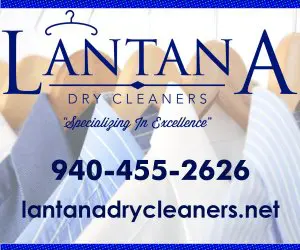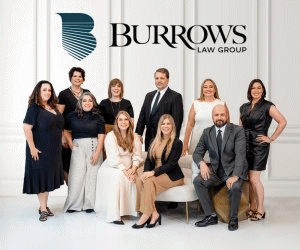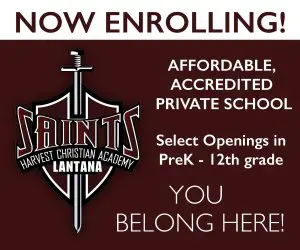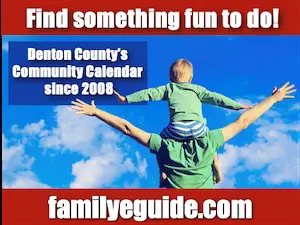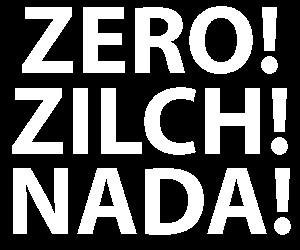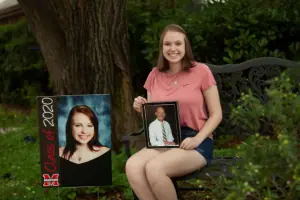
It was a typical weekend afternoon, and Keely Campbell was busy working the crowd at a local marrow donor registration drive. Volunteering at these events had become a regular thing for the Campbell family, which had an all-hands-on-deck approach to finding matches and saving lives. Perhaps no one embodied that mindset more than Keely.
At 6 years old, she was the youngest and cutest volunteer out there that day — so how could anyone possibly tell her no?
“I knew how to fill out the forms and how the cheek swab went. So, I registered as many as I could,” Keely said with a laugh. She’s now 18 and a Marcus High School 2020 graduate. “I was a good little volunteer. They could tell I really wanted to help.”
Keely’s family included her parents, Stacey and Doug, and older sisters, Meghan and Cassie. And they were perfect voices for how critical it was to educate potential marrow donors on the lifesaving cure of stem cell transplants for patients with blood cancers like leukemia and lymphoma.
A stem cell transplant replaces unhealthy blood-forming cells with healthy ones, and Doug, who was diagnosed with non-Hodgkin’s lymphoma in 2000, was also searching for his own match. Seventy percent of patients do not have a matching donor in their family, so they rely on unrelated donors from places like Be The Match (BTM), the world’s largest and most diverse donor registry with more than 20 million potential donors.
Finding that perfect match isn’t easy, though. According to BTM, a patient’s likelihood of having a matched, available donor on its registry ranges from 23% to 77% and depends on their ethnic background. Doug waited two years before finding his match, and millions more are forced to wait longer. Sadly, Doug died of heart failure in 2015.
Fast forward to today, and Keely hasn’t stopped honoring her father by trying to save lives. She and her family still volunteer when called upon, and she added herself to the donor list when she turned 18 in December.
What’s remarkable about Keely’s story is that she became someone’s match only two months later, and because her recipient was a critical case, she completed her donation in a matter of a couple weeks. That’s in stark contrast to Stacey, who has been on the registry since she was 18. Meghan (24) and Cassie (22) both became donors at 18. Keely is the only one of the surviving Campbells to get that all-important call, and she didn’t hesitate to say “yes.”
“The people from Be The Match even said that it was insane that I had just signed up and already became a match,” Keely said. “The day I got that call, I came out of my room, bawling my eyes out. I know what it’s like to be on the other side. I didn’t expect to be a match, but it was important to me that I registered. There are so many people who deserve a fighting chance — and not just recipients, but their families, too.”
She added, “The people at Be The Match made everything incredibly easy. And they were so appreciative.”
The importance of staying committed
Doug was an incredibly smart man who was a chemist by day at Abbott Laboratories, where he helped develop medical equipment. But he was known more for being a loving husband and doting father. His selfless attitude and zest for life knew no limits, and one of his favorite hobbies was competing in triathlons and marathons. When he was diagnosed with cancer in 2000, he could have easily folded up his tent. But that wasn’t Doug’s style — and he wanted to impress that on his girls.
Throughout his cancer battle, he and Stacey made the conscious decision to keep their kids informed, insisting that those who are — especially children — are less likely to be fearful during what would undoubtedly be a difficult journey.
So there was zero hesitation in taking Meghan, Cassie, and even young Keely, along to various marrow donor drives.
“It was a way to have some control over something we had little control over,” Stacey said. “We were hoping there was a reason why we were pulled into a place like this in our lives, and if we could do something for others and advocate for research, then it all had a purpose. Our efforts matched several patients with donors, including two in our church. So even though I had been on the registry for so long without being a match myself, it was nice to know we facilitated other matches. For those people, it’s a matter of life or death.”
From a young age, Keely not only was helping out at these events, but she understood the why behind it.
Every three minutes, someone we know and love is diagnosed with a blood cancer. Every dollar raised and every donor added to the registry helps more patients afford transplants while also increasing the number of potential blood stem cell donors. According to BTM, they’ve facilitated more than 100,000 transplants since 1987.
The cells used in transplants come from three sources: marrow, peripheral blood stem cells (PBSC), and umbilical cord blood. About 77% of the time, a patient’s doctor requests a PBSC donation, a non-surgical, outpatient procedure similar to donating platelets or plasma. Another 23 percent of the time, a patient’s doctor requests marrow, a surgical, outpatient procedure that takes place at a hospital. A third source of cells used in transplants is cord blood, which is collected from the umbilical cord and placenta immediately after a baby is born. It is stored at a public cord blood bank, and the cord blood unit is listed on the BTM Registry. There is no cost for parents to donate cord blood.
At marrow donor drives, the registration process is as simple as doing a cheek swab. That’s what Keely did, and when she was deemed a match, it didn’t take very long to get to donation day. On donation day, she was hooked to a machine as it painlessly drew her blood and extracted the necessary stem cells.
“I think I was hooked up to the machine for maybe five hours,” Keely said. She was given two shots a day in the four days leading up to her donation to prepare her for the final procedure. “That sounds like a long time, but that’s five hours of my life and a little discomfort to give someone else the best chance possible of survival. The entire time, all I was thinking about was how the recipient was doing and hoping that I could help them.”
Stacey said she couldn’t have been more proud of her daughter.
“When you get to see your child do something on their own that makes such a difference for another human being in the world, it’s like, I can die tomorrow — I’ve done my job,” Stacey joked. “As a young mom, I prayed over my babies asking God to help me raise them right and not ruin them. For that to be reflected back at me in this way is truly priceless.”
Getting the call
When Keely came out of her room after receiving arguably the most rewarding call of her young life, she was quick to share the experience with her mother. She wasn’t allowed to know anything about the recipient, but she knew immediately that she was doing the right thing.
“My mom and dad were always really good at explaining to my sisters and me how important all of this was. When we’d get ready for donor drives, she’d say, ‘Dad needs a match, too, so we’re going to go try and find one,’” Keely said. “We’ve talked about it for a very long time, and it wasn’t always easy because you’re dredging up all of these memories. But it was important to all of us that people know what it’s like to be a cancer family.”
Stacey said the fact that Keely got that call was absolutely one in a million — but for different reasons.
“Keely was born a year after Doug was first diagnosed. We were told by doctors that it wasn’t possible to have any more children because of all of the chemo,” Stacey said. “So it’s beautifully ironic that the child who wasn’t meant to be — my miracle baby — is now saving another’s life.”
Now that Keely has graduated, she’ll attend the University of Alabama to study medicine. Her plans are to one day be a pediatric oncologist. In the meantime, she prays to God every day that her decision to be a marrow donor will pay off — and maybe one day, lead her to meet that recipient.
“I’d really like to,” Keely said. “And I hope they will want to meet me, too.”
For more information on how you can be a marrow donor, visit bethematch.org or text CURE153 to 61474.












